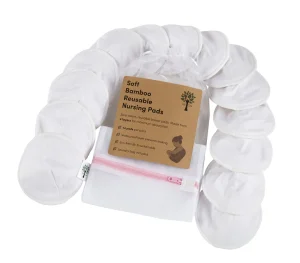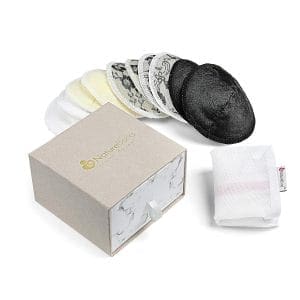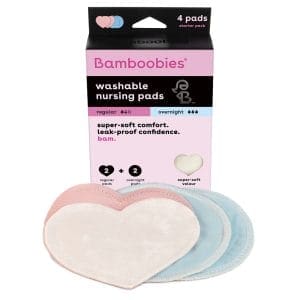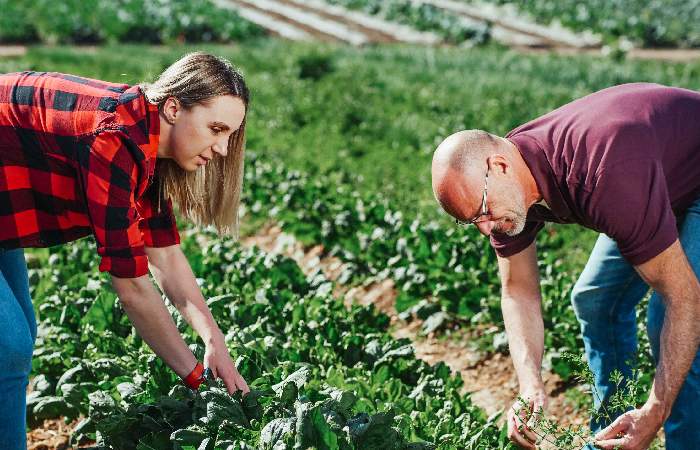In the world of fashion, where trends come and go in the blink of an eye, one company is making a significant impact by offering a sustainable fashion alternative that keeps us stylish and helps save the planet. Preworn, the largest second-hand clothing seller in the UK, has been quietly revolutionizing the way we approach our wardrobes since its inception in 2019.
Preworn now saves an impressive 600 tonnes of used clothing from landfills annually. This article will delve into the world of Preworn, exploring its history, mission, and the experience it offers to shoppers.
Preworn Company Background
In 2019, Preworn embarked on a journey that began with a modest idea – listing clothing purchased from a local charity shop. This unassuming start, however, would lay the foundation for what would become the largest second-hand clothing seller in the UK.

Over the years, Preworn has grown exponentially, expanding its reach and impact. A notable achievement is the company’s ongoing effort to rescue a staggering 600 tonnes of used clothing annually, preventing them from being discarded into landfills.
What sets Preworn apart is its relentless focus on giving new life to clothing in perfect condition, representing a whopping 85% of unwanted garments. This commitment to quality and sustainability, combined with prices that remain unmatched in the market, has garnered the trust and loyalty of a vast customer base.
Furthermore, their Trustpilot score of 4.6 out of 5 underlines the high level of customer satisfaction, cementing Preworn’s reputation as a leader in the second-hand clothing industry.
The Environmental Impact of the Fashion Industry
The fashion industry’s contributions to environmental issues are profound and concerning. One of the most alarming aspects is the industry’s extravagant water consumption. To create a single cotton t-shirt and a pair of jeans, a staggering 20,000 liters of fresh water are required.
Water Woes:
The fashion industry’s colossal water consumption is alarming. A single cotton t-shirt and a pair of jeans demand a staggering 20,000 liters of water. This extravagant usage equates to a person’s water supply for 27 years, raising critical concerns about the fashion industry’s role in depleting water resources.
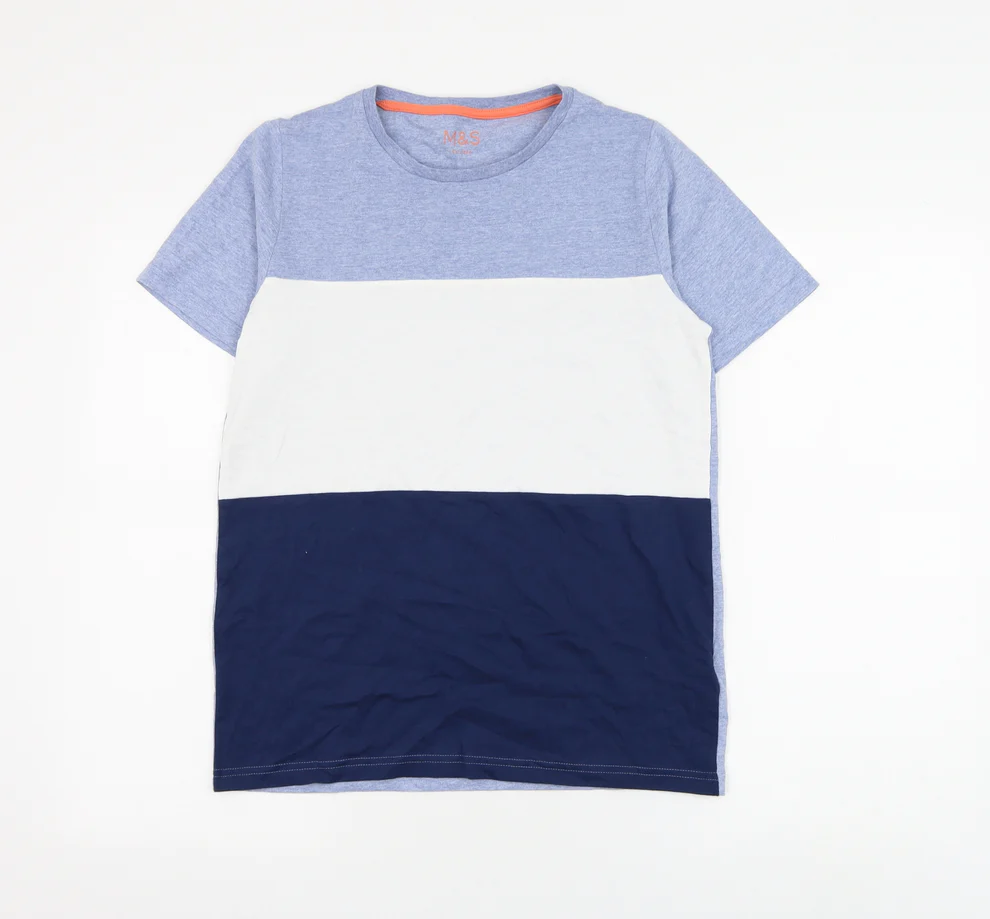
Microfiber Mayhem:
Microfiber pollution is a major issue, with synthetic clothing shedding microfibers that constitute 85% of ocean plastic. An equally troubling concern is the infiltration of these microfibers into tap water, as 83% of samples globally contained traces in 2017, posing severe threats to aquatic ecosystems and the environment.
Dyeing Dilemma:
Conventional fabric dyeing practices in the fashion industry are a significant source of water contamination. The fabric dyeing industry contaminates a vast 2.77 trillion liters of fresh water annually, emphasizing the urgency of adopting eco-friendly dyeing techniques to reduce water pollution.
Carbon Footprint Crisis:
The fashion industry’s contribution to the global carbon footprint is alarming, exceeding 10%. Projections suggest this could rise to 25% by 2050 without immediate changes, exacerbating climate change
Material Miseries:
Synthetic materials release nitrous oxide emissions 300 times more harmful than CO2. The production of polyester consumes nearly 70 million barrels of oil annually, adding to environmental challenges. Logging for fibers like rayon, viscose, modal, and lyocell contributes to deforestation.
Cotton Complications:
Cotton, a common material in fashion, has its environmental problems. Over 90% of cotton is genetically modified, and its production uses significant insecticides and pesticides. Cotton farmers often face unsustainable and hazardous practices.
Preworn’s Sustainable Fashion Solution
Preworn’s innovative approach is a beacon of hope in the face of the fashion industry’s environmental challenges. The company is at the forefront of the sustainable and circular fashion movement, offering a range of strategies to mitigate the industry’s negative impact.
Sourcing Second-Hand Clothing:
Preworn’s core strategy is sourcing high-quality second-hand clothing. By rescuing and repurposing pre-loved garments, they extend the lifespan of these items, reducing the need for new production.
Quality Control:
Rigorous quality control checks are conducted by Preworn’s dedicated team to ensure that only top-notch items make their way to customers. This meticulous process guarantees that customers receive clothing in excellent condition.
Avoiding Landfills:
Preworn is committed to preventing unsaleable or unusable items from ending up in landfills or incinerators. They explore alternative solutions for these items, adhering to a zero-waste approach.
Affordable Sustainability:
Preworn’s commitment to keeping prices affordable makes sustainable fashion accessible to a broad audience. By providing cost-effective alternatives to traditional retail, they empower more individuals to make eco-conscious choices.
Extending Garment Lifespan:
Preworn’s focus on extending the lifespan of clothing helps reduce the environmental footprint of each garment. This approach aligns with the principles of a circular economy, where products are designed to be used longer and repurposed.
By offering high-quality second-hand clothing, conducting rigorous quality checks, and avoiding waste, Preworn exemplifies how the industry can transition toward a more sustainable and responsible future.
Inspiring Sustainable Choices
Preworn’s mission is inclusive, catering to everyone and transcending age, gender, and brand preferences. Their dedication to sustainability knows no bounds, and they aim to inspire sustainable choices in every corner of the fashion world.
Decisive Plan for All Ages and Genders:
Preworn’s vision is to lead a generation of people towards sustainable choices. This applies to individuals of all ages and genders, highlighting their commitment to making sustainable fashion accessible and appealing to everyone.
Wide Range of Products:

Preworn’s extensive collection encompasses a variety of products, including clothing for women, men, girls, boys, and even babies. Their commitment to sustainability extends to all, ensuring that no one is left out of the journey towards eco-conscious fashion.
Multitude of Brands:
Preworn collaborates with various brands, offering a diverse selection of sustainable fashion options. By partnering with a range of labels, they provide consumers with an extensive choice of eco-friendly products that align with their brand preferences.
Their inclusive approach reinforces the message that sustainable fashion is for everyone, offering a multitude of options to suit various tastes and needs.
Final Words
Preworn is a game-changer in the fashion industry, redefining it through sustainability. Their dedication to rescuing second-hand clothing and preventing waste is not just commendable but essential in today’s world.
They make sustainable fashion accessible to all, irrespective of age, gender, or brand preferences. More than a retailer, Preworn aims to inspire consumers to make eco-conscious choices, emphasizing the collective action needed to address the fashion industry’s environmental challenges.




